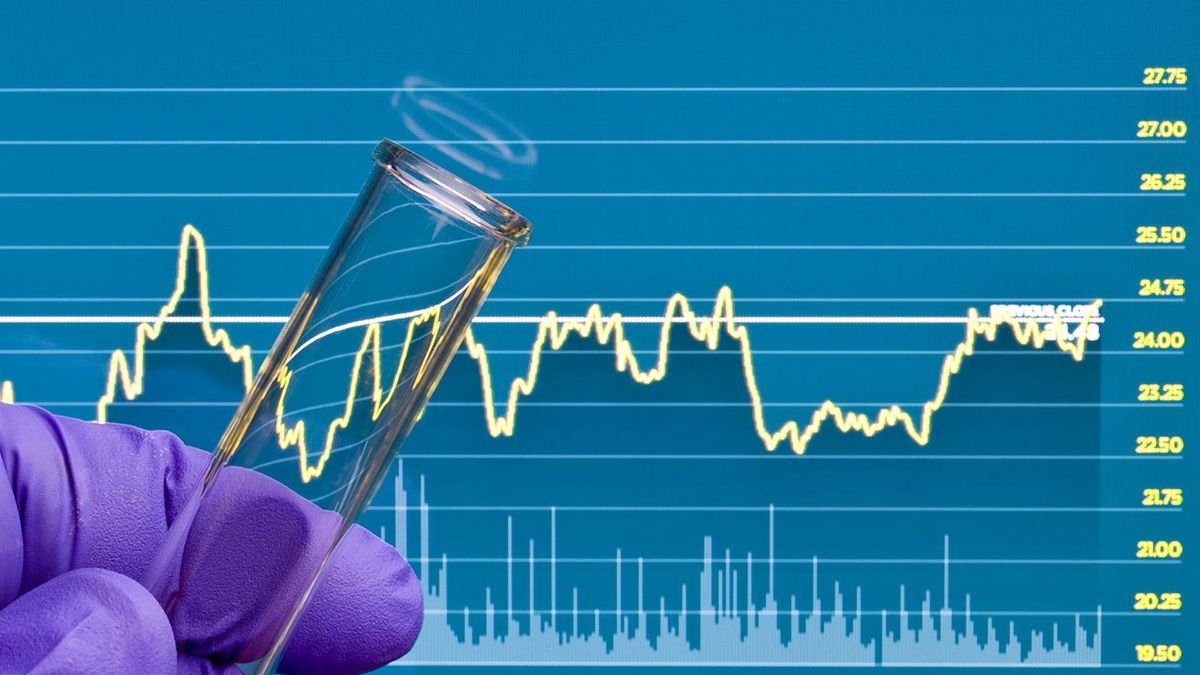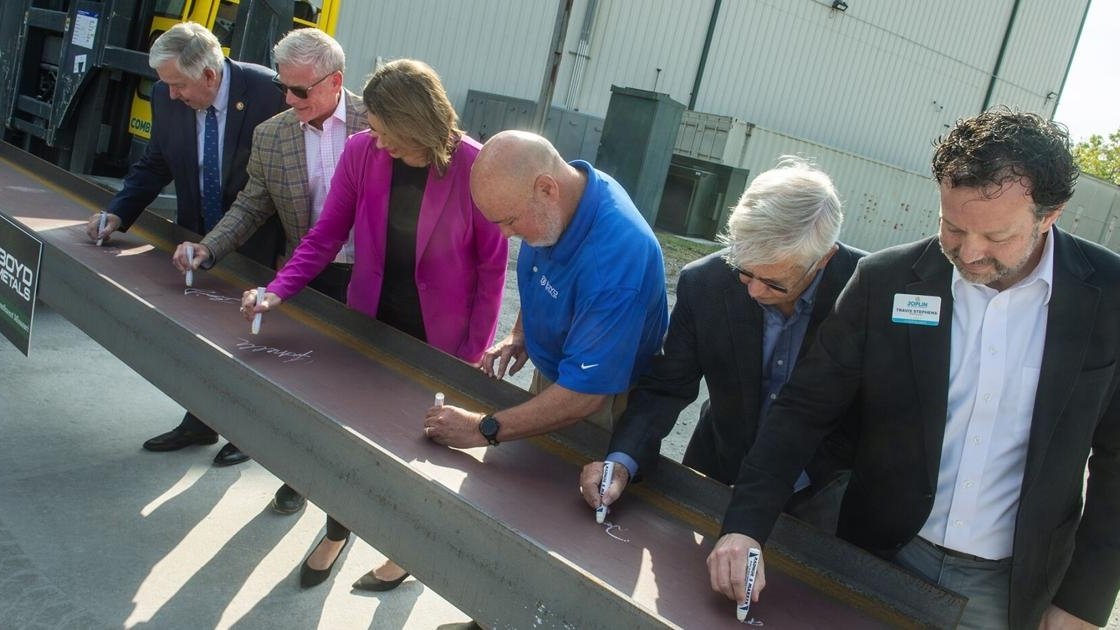Interpreting R&D Expenditure: A Look at Four Companies
In today’s competitive corporate landscape, the role of research and development (R&D) cannot be understated. It serves as a gauge for a company’s potential for future growth and sustained innovation. However, it is critical to note that different accounting practices can often manipulate this critical indicator. Using data provided by our exclusive sources, this article delves into the R&D spending of four different companies – Atlassian, Xero, Seeing Machines, and Mesoblast – shedding light on their growth strategies and future prospects.
Risking High for Innovation: Atlassian’s approach
Atlassian, a global pioneer in the software industry, has shown remarkable commitment to its R&D by setting apart about $2 billion per year for research. Interestingly, a significant portion of this is assigned to stock-based remuneration. Over the past five years, the firm has recorded a healthy compound annual growth rate (CAGR) of 30%. However, this shows a dip from the prior five-year period which recorded a 41% growth rate. This could possibly indicate a maturing company and may trigger increased spending in marketing to sustain the growth rhythm.
The Offbeat Investment Strategy at Xero
Xero, a leading name in the arena of cloud-based accounting software, contributes an impressive 32% of its sales revenue to R&D. Even so, the company has faced its share of criticism with regard to the tangible returns from its business explorations in the American market. Currently, Xero’s new CEO is reconsidering the company’s USA strategy which might translate into a more targeted investment strategy or refining the product offerings to stand up to competition from bigger players like Intuit.
The Predicted Shift in Seeing Machines’ Strategy
Seeing Machines, a brand specialising in driver-monitoring systems, plans to trim down its R&D spending, from comprising 60% of revenue to being only 20-30% of the same. As influx of revenue increases, this planned move seems promising, with an optimistic projection of revenue growth and the lure of profitable royalties from contracts with Original Equipment Manufacturers (OEMs) potentially boosting the company’s market value.
The High-risk Spending Tactic of Mesoblast
Mesoblast operates in the realm of biotechnology, focusing on cellular medicines. This organization presents a unique case where its R&D spending ratio is a staggering 362% of sales. This imbalance is mainly due to its relatively reduced royalty revenue. Currently, the firm is battling the amplified challenges resulting from the tightened regulatory perspective of FDA, which has inevitably inflated their R&D expenses. With the phase-three trials for its flagship product underway, it seems probable that the company may need to secure extra funding in the near future.














